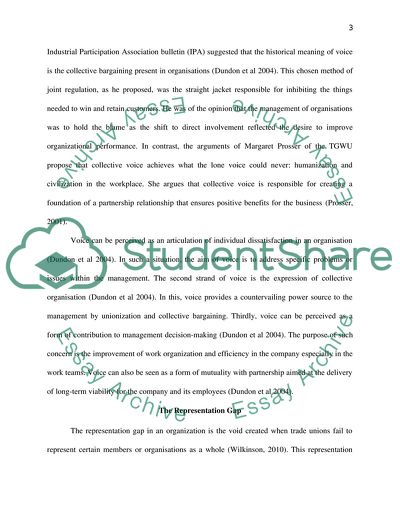Cite this document
(Non-Union Forms of Employee Representation Coursework, n.d.)
Non-Union Forms of Employee Representation Coursework. Retrieved from https://studentshare.org/human-resources/1814794-critically-evaluate-the-effectiveness-of-non-union-forms-of-employee-representation-in-a-addressing-the-representation-gap-and-b-achieving-positive-outcomes-for-employees-at-work
Non-Union Forms of Employee Representation Coursework. Retrieved from https://studentshare.org/human-resources/1814794-critically-evaluate-the-effectiveness-of-non-union-forms-of-employee-representation-in-a-addressing-the-representation-gap-and-b-achieving-positive-outcomes-for-employees-at-work
(Non-Union Forms of Employee Representation Coursework)
Non-Union Forms of Employee Representation Coursework. https://studentshare.org/human-resources/1814794-critically-evaluate-the-effectiveness-of-non-union-forms-of-employee-representation-in-a-addressing-the-representation-gap-and-b-achieving-positive-outcomes-for-employees-at-work.
Non-Union Forms of Employee Representation Coursework. https://studentshare.org/human-resources/1814794-critically-evaluate-the-effectiveness-of-non-union-forms-of-employee-representation-in-a-addressing-the-representation-gap-and-b-achieving-positive-outcomes-for-employees-at-work.
“Non-Union Forms of Employee Representation Coursework”, n.d. https://studentshare.org/human-resources/1814794-critically-evaluate-the-effectiveness-of-non-union-forms-of-employee-representation-in-a-addressing-the-representation-gap-and-b-achieving-positive-outcomes-for-employees-at-work.


